For decades, the word “zoo” conjured images of animals confined in small, cramped cages purely for visitor entertainment. This perception, however, is outdated and contrasts sharply with the realities of contemporary zoos.
Modern zoos prioritize animal welfare, conservation, and education. They invest heavily in creating spacious, naturalistic habitats that closely mimic the animals’ natural environments. These institutions are equipped with advanced medical facilities to ensure the health and well-being of their residents. Moreover, zoos now play a critical role in the preservation of wildlife, actively participating in conservation efforts and breeding programs aimed at protecting endangered species and reversing their decline in the wild.
Join us as we explore some of the world’s most impressive zoos, highlighting how they provide safe, enriching environments for their animals, contribute to global conservation efforts, and offer visitors an opportunity to connect with wildlife in meaningful ways.
San Diego Zoo — San Diego, California
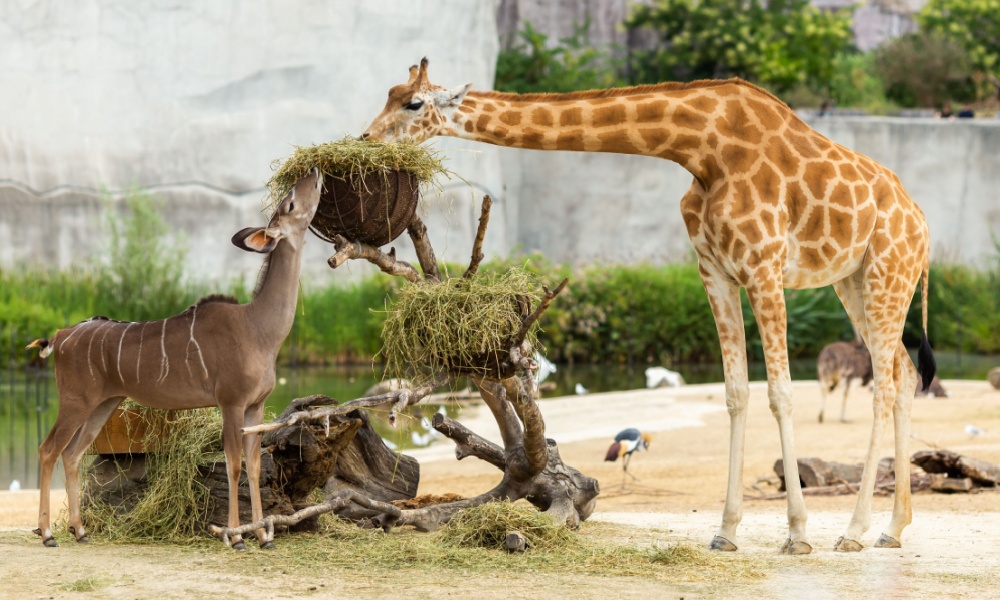
A perennial favorite among animal lovers the world over, the San Diego Zoo sets the standard for wildlife education and conservation efforts. Established in 1916, the San Diego Zoo has evolved from a simple animal park into one of the largest and most visited zoos in the United States.
Encompassing 100 acres in the city’s iconic Balboa Park, the zoo houses an impressive population of over 12,000 animals from approximately 650 distinct species. The zoo is home to some of the most beautiful animals in the world, including cuddly koalas, majestic tigers, and even Galapagos tortoises. With its world-famous open-air, cage-less facilities, this quintessential family destination goes the extra mile to make their animals feel at home by creating distinct biogeographical habitats that emulate the terrain of their place of origin.
The San Diego Zoo is also a leader in conservation efforts, having reintroduced 30 endangered species back into the wild. Its giant panda program has been one of the most successful in the world, having bred the largest number of giant pandas outside of China since the program’s inception in 1996. Additionally, the zoo is deeply involved in global conservation projects, partnering with various organizations to protect habitats, conduct research, and support wildlife populations in their natural environments.
Beijing Zoo — Beijing, China

Group of panda bears in Beijing Zoo, China.
Occupying close to 220 acres in the city’s historic Xicheng District, the Beijing Zoo is a sprawling public park and animal reserve that has been in operation since 1906. Established during the late Qing Dynasty, the zoo began as a small imperial garden and gradually expanded, becoming a significant center for animal care and public education.
Home to close to 14,500 creatures, the Beijing Zoo prides itself on its collection of rare and endangered animals that are native to the Middle Kingdom. While beautiful Bengal tigers are among the zoo’s top-rated exhibits, most guests head to the Panda House first for an up-close look at China‘s most iconic animal. The giant panda exhibit is one of the most celebrated zoo attractions in the world and features eight giant pandas who delight onlookers as they loll about the grounds, frolicking and chewing on bamboo shoots. This exhibit plays a crucial role in the global efforts to preserve and increase the population of these beloved animals.
Beyond the Panda House, the Beijing Zoo engages in extensive conservation work, including the protection of endangered Chinese alligators and the South China tiger. The zoo collaborates with international conservation organizations to share knowledge and improve breeding techniques, ensuring the survival of various species.
Schönbrunn Zoo — Vienna, Austria
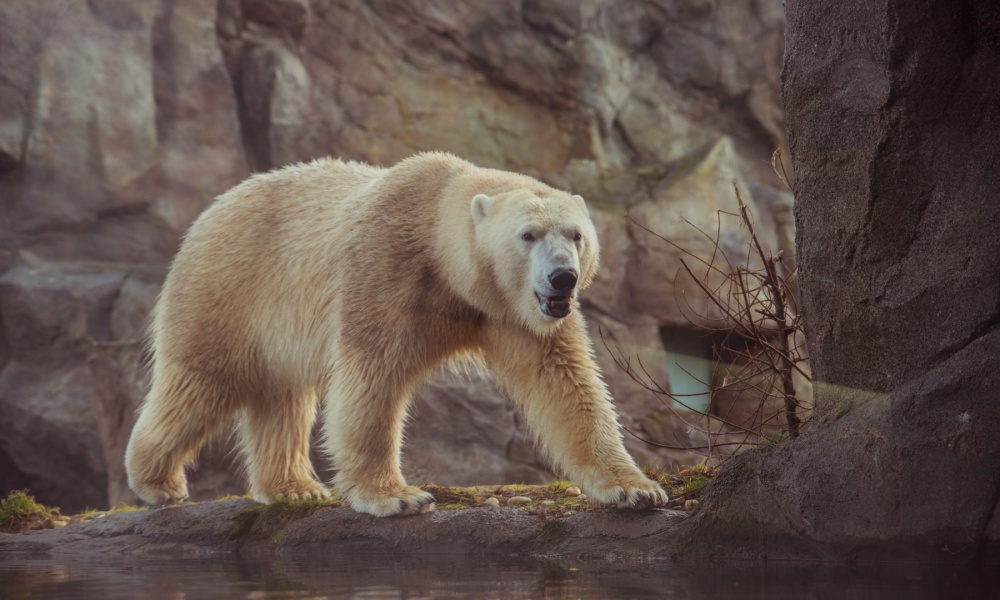
Founded in 1752, the venerable Schönbrunn Zoo is the oldest continually operating zoo in the world. Originally built for the exclusive use of the royal family of Austria, Schönbrunn Zoo is now visited by two million people each year and is regarded as one of the best zoos in Europe. Located on the grounds of the Schönbrunn Palace — a UNESCO World Heritage Site by itself — Schönbrunn Zoo encompasses 17 hectares and is home to over 8,000 animals.
Among its key exhibits is Polar Bear World — a massive facility that lets visitors watch the zoo’s population of polar bears swim and play — and the orangutan house, which has played a major role in the zoo’s conservation efforts. In 2013, Schönbrunn became the first zoo to successfully host the birth of a baby African elephant, who was conceived through artificial insemination. Other endangered species that have benefited from Schönbrunn’s breeding programs include the giant panda and the northern rockhopper penguin.
Toronto Zoo — Toronto, Canada
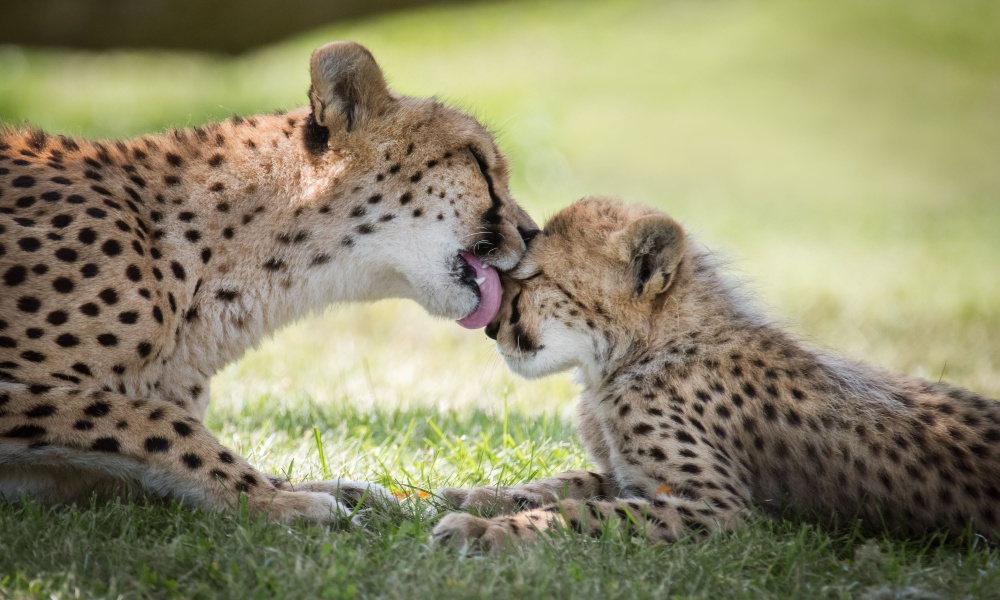
A cheetah grooms her cub at the Toronto Zoo.
At 710 acres, Toronto Zoo is one of the largest zoos in the world. Located in the Scarborough district of Toronto, the zoo was established in 1974 to provide expansive, naturalistic habitats for its inhabitants. Home to over 3,000 animals from 300 species, the Toronto Zoo distinguishes itself by placing animals into seven distinct geographic regions, allowing visitors to experience them in settings that closely mimic their natural habitats. Regions represented at the zoo include everything from the local Canadian wilderness to the exotic plains of Eurasia.
The zoo’s Africa exhibit is especially popular with visitors and is home to the largest indoor population of western lowland gorillas in the world. This exhibit, along with others, plays a vital role in the zoo’s conservation efforts by providing a safe and enriching environment for these magnificent animals. Other crowd pleasers from across the zoo’s many exhibitions include Arctic wolves, whose enclosure replicates the cold, rugged terrains of their native habitat, and Sumatran tigers, which roam in a lush, tropical setting that mirrors the dense forests of Sumatra.
Toronto Zoo is committed to conservation and breeding programs, which aim to help vulnerable and endangered animals from across the globe. Over the years, the zoo has been instrumental in the reintroduction of several endangered species back into the wild, including the eastern loggerhead shrike, a songbird once on the brink of extinction in Canada. Through captive breeding and habitat restoration, the population of this species has seen promising growth. Additionally, the zoo’s efforts have contributed to the resurgence of the black-footed ferret, North America’s most endangered mammal, by participating in breeding programs and reintroductions to their native grassland habitats.
Berlin Zoo — Berlin, Germany

Tree-month-old hippopotamus at Berlin Zoo.
Since first opening in 1846, the Berlin Zoo has treated families to an diverse collection of animals from across the globe. Now home to over 20,000 animals from 1,380 species, this iconic zoo in Germany is recognized as having the largest variety of animals of any zoo in the world. Enclosures at the zoo seek to emulate the animals’ natural environment to let visitors experience them as they would in the wild.
Interactive educational stations at each enclosure further dive deep into fascinating facts about animals on display, providing an in-depth examination of their physiology as well as their behavior. Visitor favorites include the lions and jaguars as part of the Empire of Cats and the charming seals and penguins of the rocky coastal habitat.
Placing a high priority on conservation, Berlin Zoo further partners with institutions throughout the world to help endangered species recover and be reintroduced into the wild. The zoo holds a leadership position in breeding programs that have helped in the reestablishment of giant panda and European bison populations.
Singapore Zoo — Singapore
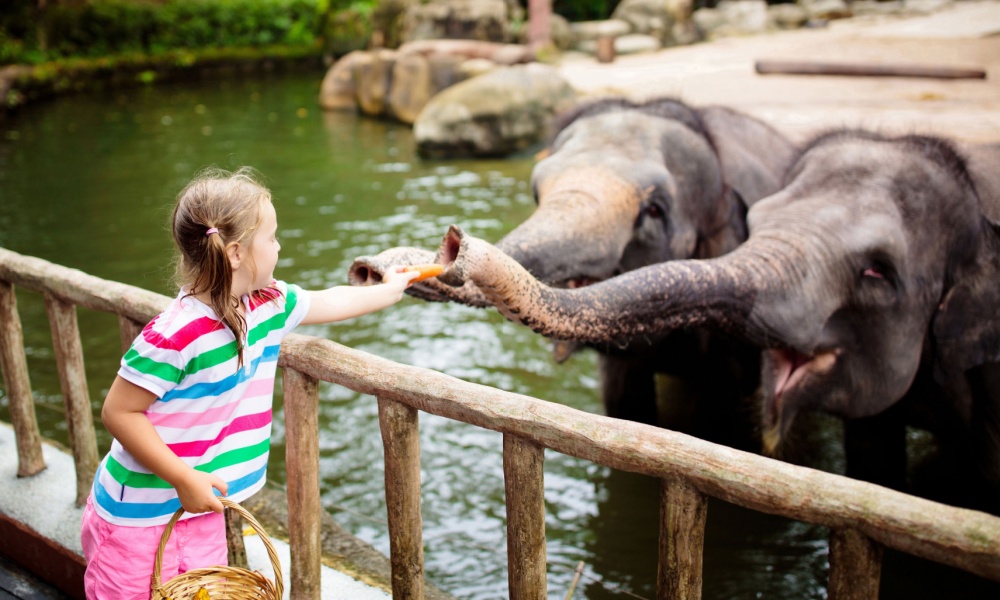
Situated in the heart of the beautiful Mandai Wildlife Reserve, Singapore Zoo is renowned for its approach to studying and teaching animal behavior. Established in 1973, the zoo was a pioneer in adopting the “open zoo” concept, which uses naturalistic enclosures with hidden barriers to create a more immersive experience for both animals and visitors. The zoo divides its 69-acre area into 11 ecological zones, each designed to simulate the native habitats of its resident animals. Singapore Zoo is home to over 3,400 animals across 300 species, many of which are rare or endangered.
One of the zoo’s most famous attractions is Breakfast in the Wild, which allows visitors to enjoy a meal in the company of some of the zoo’s inhabitants, such as friendly orangutans. This interactive experience not only delights guests but also raises awareness about the conservation needs of these primates.
Singapore Zoo is deeply committed to conservation and has made significant contributions to the preservation of various species. Throughout the years, the zoo has successfully bred hundreds of vulnerable animals in captivity, bolstering endangered populations worldwide. Notable successes include the breeding and conservation of the white rhinoceros, a species that has faced severe threats from poaching and habitat loss. The zoo’s efforts have also extended to the Malayan tiger, a critically endangered subspecies native to Southeast Asia.
You Might Also Enjoy: Prime Locations for Spotting Polar Bears in the Wild
Henry Doorly Zoo — Omaha, Nebraska
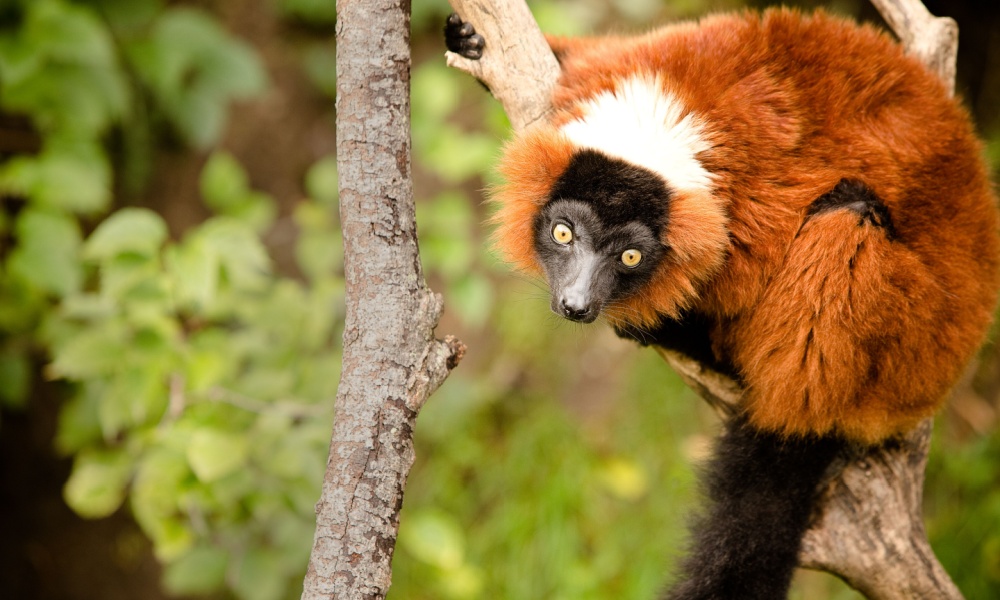
The inquisitive red ruffed lemur is just one of Henry Doorly Zoo’s amazing species.
One of the largest and most advanced zoos in the world, Henry Doorly Zoo in Omaha, Nebraska takes the lead in state-of-the-art animal research facilities. Frequently topping lists of the best zoos in the United States, Henry Doorly Zoo boasts over 130 acres of space and exhibits 17,000 animals from over 900 species.
The zoo takes special pride in its Desert Dome, a huge indoor desert that emulates arid regions such as the Sonoran Desert in the United States, the Namib Desert of Africa, and Australia’s Red Center. Among its residents you can find such reptiles as bearded dragons as well as wild cats like the North American bobcat.
As much an animal research center as a zoo, Henry Doorly Zoo also seeks to educate the public on all things involving wildlife conservation. A leader in wildlife breeding programs, it has been the focal point for studies involving molecular genetics, artificial insemination, and animal reproductive physiology. Species that have benefited from the zoo’s work include gorillas and big cats like tigers and cheetahs.
FAQs:
Q: What are the operating hours for these zoos?
A: Most zoos are open daily from around 9 AM to 5 PM, but it’s best to check the specific zoo’s website for exact hours and any seasonal variations.
Q: Are there any discounts available for zoo tickets?
A: Many zoos offer discounts for children, seniors, students, and military personnel. Additionally, some zoos have discounted rates for groups and annual memberships.
Q: Can you bring your own food and drinks into the zoo?
A: Policies vary by zoo, but many allow visitors to bring their own food and drinks. However, there are usually designated picnic areas where you can eat.
Q: Are strollers and wheelchairs available for rent at the zoo?
A: Most major zoos offer strollers and wheelchairs for rent on a first-come, first-served basis. It’s advisable to check the zoo’s website for availability and rental fees.
Q: Can you interact with or feed the animals at the zoo?
A: Interaction and feeding policies vary. Some zoos offer supervised feeding or petting opportunities with specific animals, but it’s important to always follow the zoo’s guidelines and safety rules.
Q: Is it necessary to book tickets in advance?
A: While it’s not always necessary, booking tickets in advance is recommended, especially during peak visiting times or for popular attractions to avoid long lines and ensure availability.
Have you visited other amazing zoos on your travels? Let us know in our comments section below!




Leave a Reply